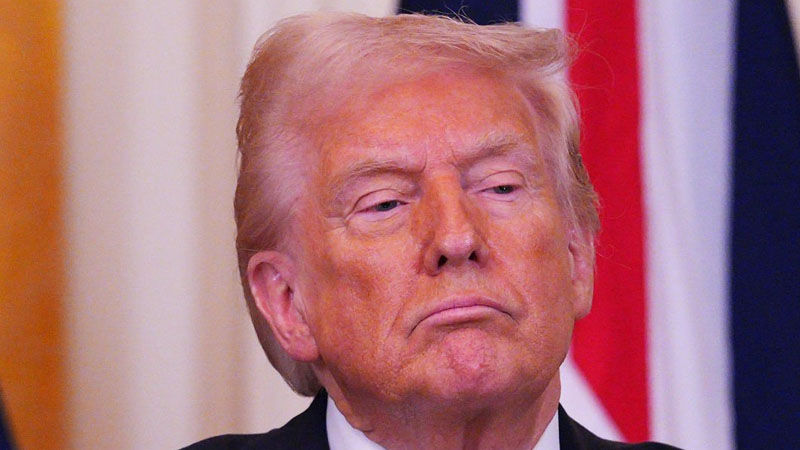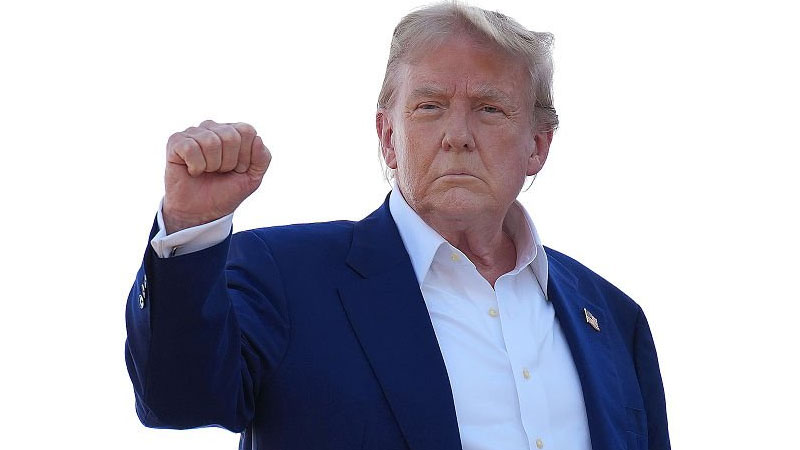A leading defense expert has cast doubts on the immediate feasibility of U.S. President Donald Trump’s ambitious “Golden Dome” missile defense project, cautioning that the full implementation could take up to two decades. Speaking with The Express U.S., author and military historian William R. Forstchen explained that the proposed system—envisioned as a robust, multilayered shield against missile threats—will require a massive technological and logistical investment.
“Well, it’s going to be a multilayered system,” Forstchen said. “I believe the first step is going to be to upgrade our ground bases.” The U.S. already operates some ground-based anti-ballistic missile systems in places like Alaska.
However, Forstchen warned that even with success rates above 50%, the likelihood of missiles penetrating the current defenses remains significant. “So we’re going to have to be upgrading that system eventually. We might be going to energy weapons based out in space, meaning hypersonic, meaning laser, those types of things,” he explained.
The estimated timeline to realize Trump’s vision is lengthy. “They’re talking a 10 to 15-year process to build something like that,” Forstchen noted, adding, “We know how Congress is,” referring to the potential political and budgetary roadblocks that could stall or reshape the plan.

A major concern raised by Forstchen is whether the project will survive the next election cycle. “I pray that’s not the case,” he said, acknowledging the risk that Trump’s successor might cancel the initiative after the 2028 election.
When asked about Trump possibly not seeing the project through, given the 2029 target date for completion—coinciding with the end of his potential second term—Forstchen seemed unbothered. He emphasized the importance of setting long-term goals in national defense, regardless of who completes them.
Forstchen also compared Trump’s proposed system to Israel’s well-known Iron Dome defense network, which he described as multi-layered but not impenetrable. “But even then, we see some missiles are getting through. That’s just the nature of warfare,” he said. His comments come as Israel’s Iron Dome has been tested under extreme conditions.
Despite President Trump brokering a ceasefire between Israel and Iran, hostilities have not fully ceased. Shortly after the ceasefire took effect—following a 12-day conflict and an Iranian missile strike on a U.S. base in Qatar—Israel reported further incoming missile fire from Iran. Alarm sirens and explosions were heard across northern Israel as air defenses activated, underscoring the continued threat and the importance of effective missile defense systems like the one Trump envisions.

